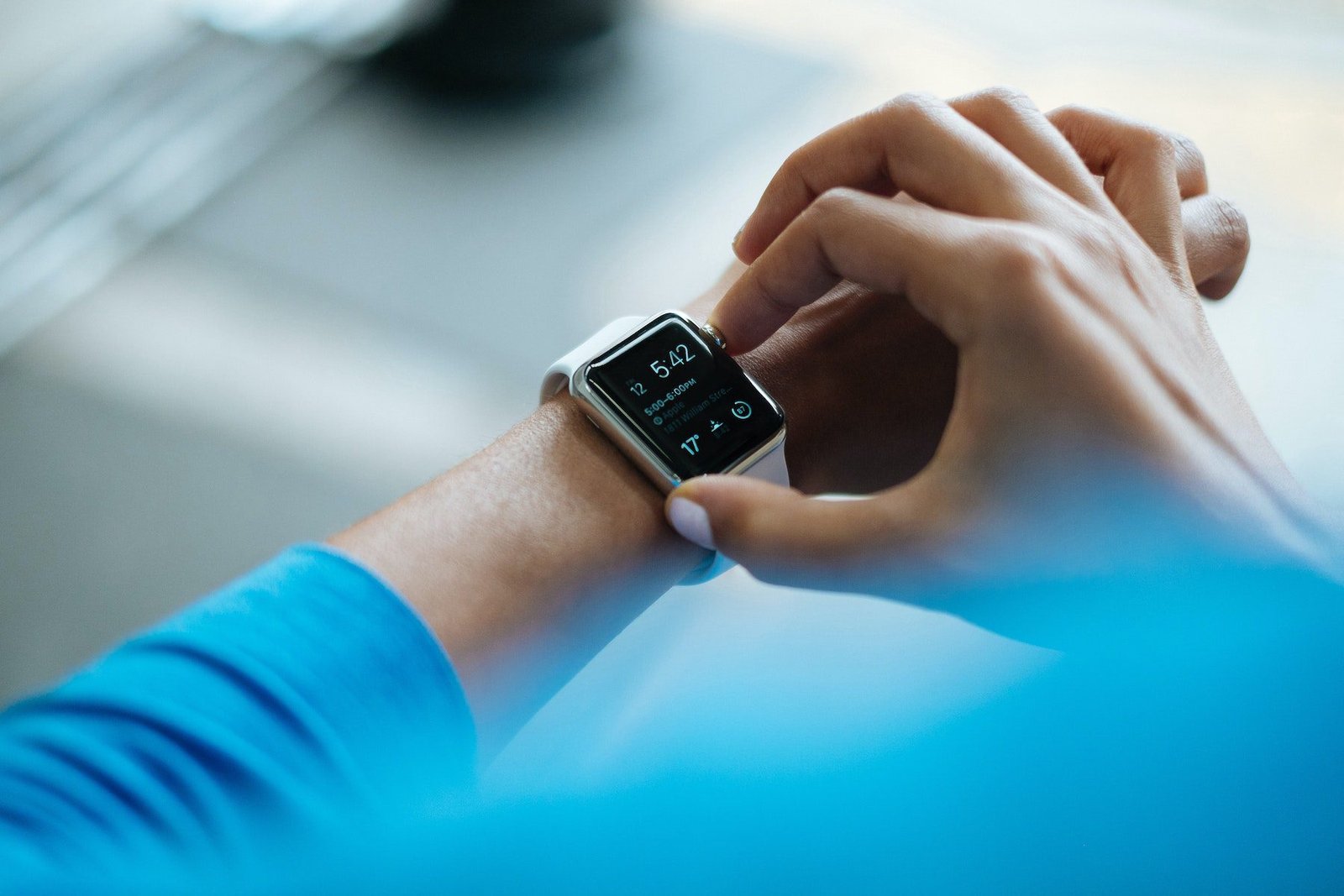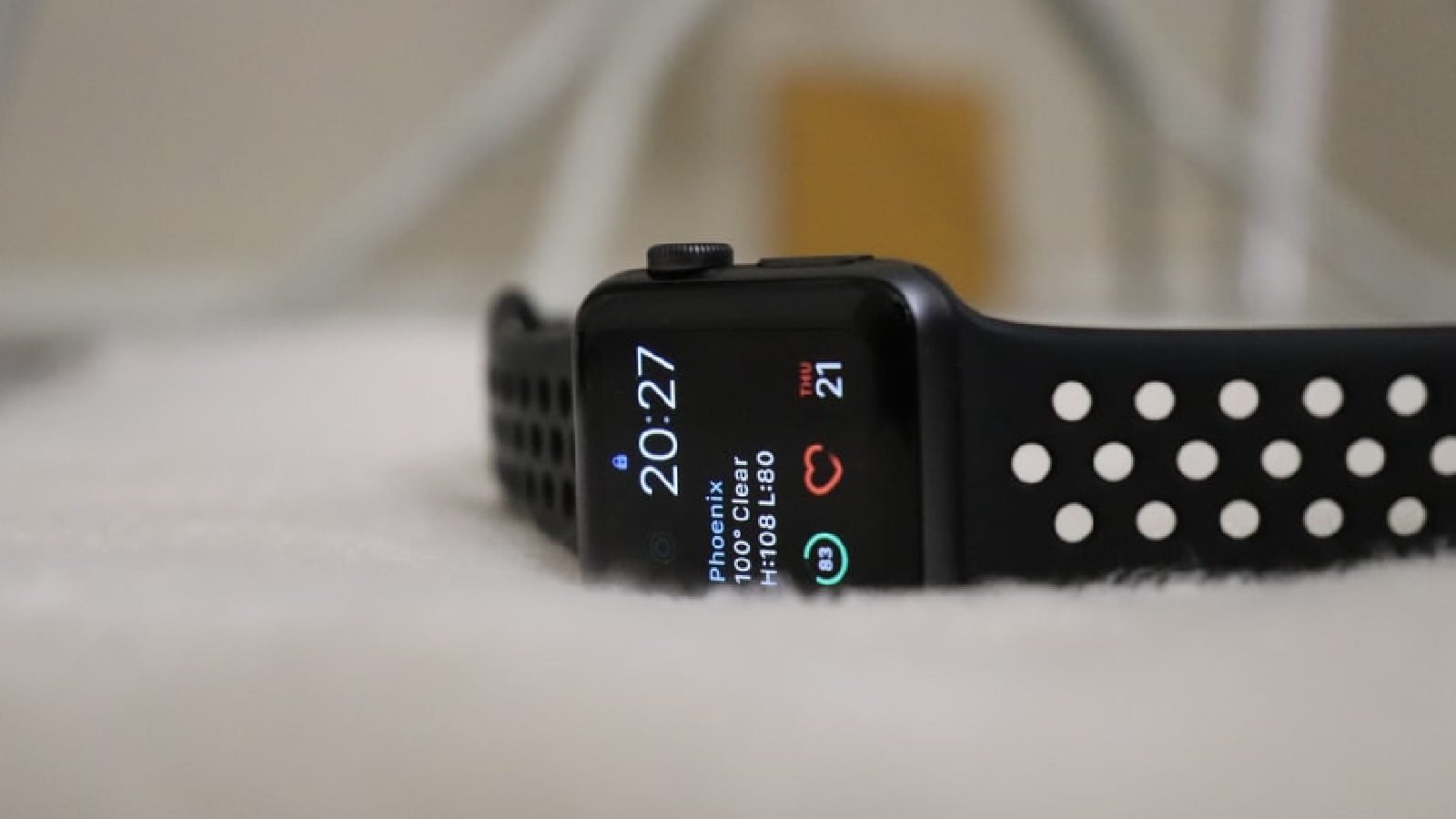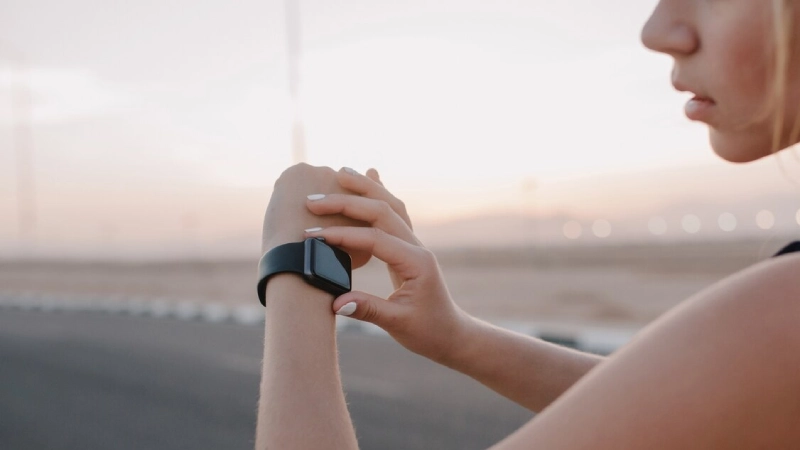Table of Contents
Highlights:
- Smartwatches for seniors in 2025 combine easy interfaces, health tracking, and safety alerts.
- Fall detection wearables like the Apple Watch and the Samsung help protect older adults in emergencies.
- Health monitoring devices such as Fitbit and Medical Guardian offer continuous heart tracking and 24/7 assistance.
Smartwatches have outgrown step tracking and alerts. For many families and older adults, the key advantages are safety, easy-to-read displays, and clinically useful health monitoring, particularly fall detection, continuous heart-rate monitoring, and straightforward emergency alerts.
Balancing simplicity and dependability with connectivity, battery life, and the potential expense of monitoring services must be considered when making the optimal selection. The following are considered the best available options on the market today, describing what to look for and indicating trade-offs so that caretakers and older users can make an informed choice.

What matters most for seniors
When assessing a smartwatch for an older adult, four capabilities always matter more than glitzy bells and whistles: a large, high-contrast display with clear type and an easy interface cuts down on frustration and facilitates ease of use; steady fall or incident detection automatically calling emergency services or caregivers without user intervention is essential for those at risk; clinically relevant heart monitoring, such as continuous heart rate monitoring, irregular rhythm detection, and ECG capability where available, can issue early warnings for atrial fibrillation; and straightforward emergency response capabilities, whether SOS calling directly, caregiver alerting, or connection with paid monitoring services, have significant effects on both safety outcomes and long-term expenses.
Best mainstream option: Apple Watch (Series and SE)
For seniors with an iPhone, the Apple Watch continues to represent the pinnacle in terms of built-in health and safety features. Newer generation Apple Watch versions feature automatic fall detection, high-fidelity optical heart-rate measurement, an ECG app for detecting irregular rhythms, and SOS calling with just a few taps.

The interface is refined, and the screen is crisp and bright, which will help individuals who have mild visual impairment. Families also benefit from extensive integration with Apple’s Health and emergency services. The primary trade-offs are that the Apple Watch requires an iPhone, and newer versions have shorter multi-day battery life compared to some competitors. Best Android-friendly full-feature option: Pixel / Samsung / OnePlus watches. Android users have an increasingly impressive array of capable alternatives.
Best Android-friendly full-feature option: Pixel / Samsung / OnePlus watches
The Google Pixel Watch series and Samsung Galaxy Watches offer big screens, incident/fall detection capabilities (also referred to as incident or SOS detection), always-on heart-rate monitoring, and ECG or irregular-rhythm notification on supported devices. Some new OnePlus and other Wear OS watches have enhanced health feature sets and come with larger, more readable screens and longer battery options. Similar to Apple, feature support and the smoothest experience hinge on matching the watch with a compatible phone.
Reviewers note that these watches narrow the gap between Apple’s health features, but the effectiveness of fall detection may vary by manufacturer and firmware. Less complex wellness tracking: Fitbit Sense 2 and the Fitbit family. Provided simplicity, longer battery life, and easy-to-read health metrics are the priorities, Fitbit wearables, including the Sense 2, are a great option. The Fitbit is primarily focused on heart-rate tracking, SpO₂ estimation, and sleep monitoring, with a user interface that is far simpler than many of the feature-crammed, full-featured smartwatches.
Best for straightforward health tracking (lower complexity): Fitbit Sense 2 and the Fitbit family

Fitbit smartwatches, including the Fitbit Sense 2, are an excellent choice when simplicity, long battery life, and basic wellness metrics are essential. The company primarily focuses on heart rate, SpO₂ estimation, and sleep analysis, offering a clean interface that is distinct from those of some full-featured smartwatches. In general, one may say that Fitbit’s ecosystem is easier to work with for anyone who desires health data, with a minimum requirement of software updates or unwieldy menus. However, automatic fall detection and emergency monitoring services are typically not as mature or comprehensive as Apple’s solutions or dedicated medical alert systems.
Best dedicated medical-alert smartwatches: Medical Guardian, Bay Alarm Medical, and MG Move
Automatic fall detection and emergency-monitoring services are generally not as advanced or comprehensive as Apple’s offerings or standalone medical alert devices – best standalone medical alert smartwatches are Medical Guardian, Bay Alarm Medical, and MG Move. For seniors who prioritize around-the-clock monitoring and instant professional response, stand-alone medical-alert smartwatches are a viable option.
Systems like Medical Guardian’s MG Move, Bay Alarm Medical’s SOS Smartwatch, and others integrate wearable devices with 24/7 monitoring centers, tested fall detection, and caregiver portals. These devices will compromise some “smartwatch” capabilities (third-party watch faces, app ecosystems) for good GPS, extended standby, and professional response – and they usually require a subscription for monitoring.
Practical buying tips

Match the watch to the phone ecosystem. Apple Watch is best with iPhone; Pixel/Samsung/OnePlus/WearOS devices pair more smoothly with Android. Cross-compatibility limits some health features.
Prioritize display readability. Choose larger case sizes and high-contrast watch faces; physical buttons can help users who find touchscreens fiddly. Clarify fall-detection behavior. Some watches attempt automatic calls; others simply alert emergency contacts or require the user to confirm before calling. Understand the device’s false-alarm profile and cancellation window.
Check subscription costs. Dedicated monitoring and some advanced health features often need monthly fees; include that in the total cost of ownership. Test with the user. A watch that looks good on paper can still be unusable if menu depth, touch sensitivity, or strap comfort is poor. Trial periods and easy returns are valuable.
Trade-offs and differing views
Experts and consumer reviewers both note that smartwatches are worth their weight as safety devices but advise against misuse. Clinical trials and surveys have indicated that watches can identify arrhythmias and deliver information beneficial to clinicians, but are not a replacement for expert medical diagnosis and at times generate false positives, leading to anxiety.
Views differ regarding whether to favor a conventional smartwatch (improved sensors and software) or an exclusive medical-alert watch (specialized monitoring and alerts). The reasonable solution for most families is a practical blend: select a comfortable, health-competent smartwatch and, where fall risk is significant, add a stand-alone monitoring subscription or a paired medical-alert device.
Conclusion
There is no single “best” device for seniors; the ideal one depends on individual needs and requirements. For iPhone owners who desire a comprehensive solution, the Apple Watch family brings robust fall detection and medical-grade capabilities together with an easy-to-use UI. Android wearers can opt for Pixel, Samsung, and other WearOS smartwatches that now have similar health functions.

For those in the highest risk of falls or requiring ongoing professional care, medical-alert smartwatches with 24/7 centers offer a variant and, at times a preferable risk profile. Measure vision, hand ability, phone compatibility, and openness to paying monthly tracking fees, and you will find the optimum selection for the older adult who is being taken care of.